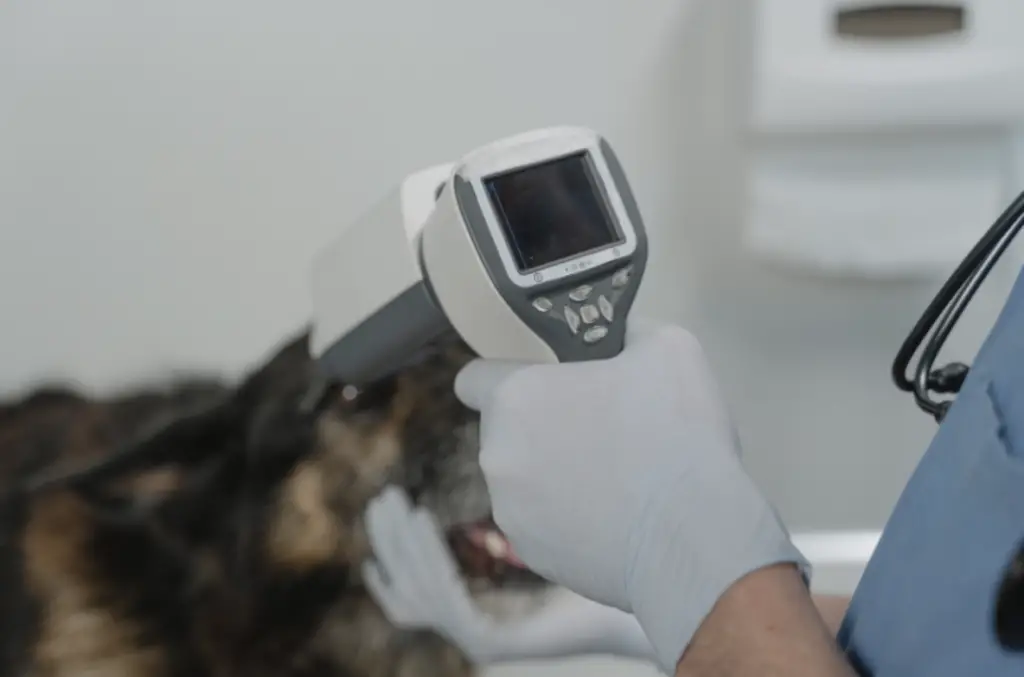If you are the proud owner of a German Shorthair, it can be tough to come to terms with the fact that, eventually, your beloved pet won’t be with you anymore. However, it’s important to know what health conditions your pup is at risk of so that you can provide the best possible care for them and help extend their lifespan as much as possible.
Cancer is the leading cause of death in German Shorthairs, with lymphoma being the most common form. Other conditions include heart disease, hip dysplasia, and kidney failure. Of course, any breed of dog can be affected by these illnesses, but these are some of the most common issues that can arise in German Shorthairs and eventually lead to their death.
In this article, we’ll take a closer look at each of these conditions and how they can affect your pet. Knowing the warning signs of these illnesses is essential, as it can help you to detect an issue early on, which will allow you to seek treatment right away.
What Do German Shorthair Usually Die From: 5 Common Causes

Like all pets, German Shorthairs can be affected by a range of health issues. Unfortunately, some of them can prove fatal unless addressed quickly and correctly. These five conditions are the most common causes of death in German Shorthairs:
Cancer
As mentioned earlier, cancer is the most common cause of death in German Shorthairs. According to a survey conducted in 2005, 11.5% of all German Shorthairs die of some form of cancer. Lymphoma is the most common type, but other cancers such as leukemia, mast cell tumors, and sarcomas have also been seen.
In order to reduce the chances that your pup will develop cancer, it’s important to be aware of what puts them at risk and minimize their exposure. Certain breeds are more prone to certain types of cancer, so owners of those breeds must take extra precautions. Environmental factors such as UV radiation, toxic chemicals, and even secondhand smoke can play a role in causing cancer in dogs.
It’s also important to keep an eye on any health changes or unusual lumps or bumps on your dog’s body. If you think they may be ill or experience any sudden changes in behavior or appetite, talk to your veterinarian right away. Early detection can mean the difference between life and death when it comes to dealing with cancer in pets.
Heart Disease
Heart disease is another common cause of death in German Shorthairs. A wide range of cardiac issues can affect this breed, including chronic valvular heart disease and dilated cardiomyopathy. Heart murmurs are also quite common, which can be an indicator of a potential issue.
Dilated cardiomyopathy (DCM) is one of the most severe forms of heart disease seen in German Shorthairs. This condition occurs when the heart muscle weakens and enlarges, preventing it from pumping blood efficiently. In severe cases, DCM can lead to congestive heart failure, which can be fatal if not treated quickly.
There are some things that owners can do to reduce their pet’s risk of developing heart disease. A balanced diet rich in omega fatty acids and vitamins like taurine and carnitine will help keep your pup’s cardiovascular health in check. Additionally, regular exercise is essential for keeping the heart strong and healthy.

Be sure to get your pup checked out by a vet if you notice any signs or symptoms of heart trouble, such as difficulty breathing or fatigue after moderate activity levels.
Hip Dysplasia
Hip dysplasia is one of the most common causes of death in German Shorthairs, with a 70% or higher incidence rate in some pure breeds. It’s also the most common non-traumatic disease found in dogs.
Hip dysplasia occurs when the hip joint doesn’t develop properly or when it wears away prematurely. This can lead to severe joint pain and lameness, which can be debilitating for your pet. Over time, the joint will become unstable and unable to support their weight, leading to a decrease in mobility. Eventually, if left untreated, hip dysplasia can be fatal for German Shorthairs.
Fortunately, there are steps you can take to reduce your pet’s risk of developing this condition.
Keeping your German Shorthair at a healthy weight is essential – excess weight puts added strain on the joints, which increases their chances of developing dysplasia. Making sure they get plenty of exercise and providing them with a nutritionally balanced diet can also help your pet stay healthy and active.
Kidney Failure
Kidney failure is one of the most common causes of death in German Shorthairs. Studies have shown that around 1 in 10 dogs have some form of kidney disease, and this number is on the rise. This means that it’s important to keep an eye on your pup’s health and look out for any signs or symptoms of kidney trouble.
If left untreated, kidney failure can be fatal for German Shorthairs. Kidney failure occurs when the kidneys are unable to adequately filter waste products from the blood. Over time, this builds up in the blood and leads to a wide range of serious symptoms, including increased thirst and urination, weight loss, vomiting, diarrhea, fatigue, and more.
To reduce your pet’s risk of developing kidney disease or experiencing a rapid deterioration if they already have it, it’s important to ensure they get regular check-ups with their veterinarian. Early detection can make all the difference in terms of treatment success.
Additionally, if your pup tends to drink excessive water, make sure you have them checked out by a vet as soon as possible. Early diagnosis and treatment are the keys to preventing kidney failure in German Shorthairs.
Spinal Deformities
Another potential cause of death in German Shorthairs is spinal deformities. These deformities can occur when the spine and vertebrae are misaligned or abnormally curved, resulting in a wide range of debilitating symptoms. In severe cases, the deformity can be so severe that it can lead to paralysis or even death.
The most common type of spinal deformity seen in German Shorthairs is spondylosis deformans, which is caused by arthritis of the spine. This condition occurs when the disk between two vertebrae starts to degenerate, which causes inflammation and swelling around the joint. Over time, this can lead to severe muscle spasms and pain, as well as bone spurs or fused vertebrae, which can further limit mobility and cause intense pain for your pet.
Other spinal deformities in German Shorthairs include scoliosis (curvature of the spine) and discospondylitis (inflammation of the intervertebral discs). Scoliosis is typically caused by genetic factors, while discospondylitis tends to show up as a result of an underlying infection or injury. Both conditions can cause extreme discomfort for your pet and should be treated immediately by a qualified veterinarian.
In order to reduce your pet’s risk of developing spinal deformities, you should make sure they get plenty of exercise and provide a balanced, nutritious diet rich in essential minerals and vitamins. You should also ensure they receive regular checkups at the vet to monitor their overall health and detect any signs of spinal deformity as early as possible.
Conclusions
German Shorthairs usually die from a variety of causes, including cancer, heart disease, hip dysplasia, kidney failure, and spinal deformities.
To ensure your pup enjoys a long and healthy life, it’s important to make sure they receive regular check-ups at the vet, get plenty of exercise, and maintain a nutritionally balanced diet. By taking these steps, you can help reduce their risk of developing any potentially fatal conditions and keep them happy and healthy for years to come.


